A cursory search on Twitter for @AuschwitzMuseum and you'll find, in seconds, that it has 1.5m followers.
With films like 'Schindler's List', Auschwitz-Birkenau has come to symbolise the entirety of the Nazi effort to annihilate the Jewish race.
I'll never forget finding myself alone, at dusk, wandering the ruins of the Birkenau camp in 1991. Passing row upon row of wooden huts, and then, the spectre of gas chambers.
Even though nearly 50 years had passed since the camp had been liberated by Soviet forces, I could sense a feeling, something malign in this place.
But while Auschwitz-Birkenau has become a byword for genocide, a trio of Nazi death camps, also located in Poland, were responsible for an even greater number of deaths.
Two of these - Sobibor and Belzec - use the joint Twitter handle of @MajdanekMuseum
They have a total following of just 9,351.
This can be explained in part by successful Nazi efforts to erase all evidence of what took place at Belzec.
When you visit the death camp, built with the sole purpose of killing, nothing of the original structure survives.
The Nazis demolished the gas-chambers and all the staff living quarters are gone.
They even dug-up the mass graves - whether filled with bodies, or the ashes of those murdered, and dispersed the contents.
The perimeter of the site is clearly identifiable: where the train tracks lay and deep trenches dug by Jewish prisoners to act as mass graves.
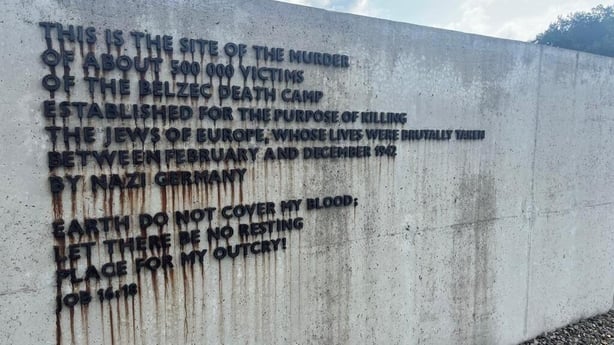
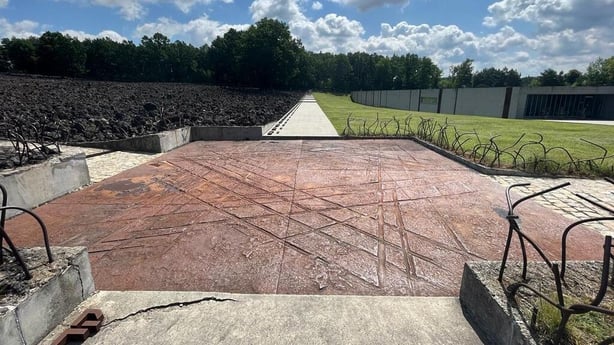
But it's not possible to accurately establish where the second industrial sized gas chamber stood.
Neither are the names of the hundreds of thousands killed there known.
We only know for certain how many Jewish people were killed there due to a declassified Nazi document in 2001.
The number contained on the document was 434,508.
Belzec is representative of the darkest of Nazi ambitions: to erase an entire people from the world and leave nothing behind.
Sobibor and another death camp, Treblinka, were part of that joint exercise called 'Operation Reinhard', named after Reinhard Heydrich, the assassinated leading SS officer - a key architect of the Holocaust.
Belzec, like the other two, was not a concentration camp. It did not keep prisoners. It just killed them; it was a slaughter house.
Only two prisoners are known to have escaped - the most famous being Rudolf Reder who wrote a book about his time there.
And because Reder survived, the world knows just what happened at Belzec - including its mechanised system of extermination.
Jewish people were deported by trains not just from towns in southern occupied Poland, known by the Nazis as the General Government area, but also from Germany, Czecholovakia and other countries.
Thousands would be reassured on arrival, by a senior Nazi officer, that they were being sent to work after a shower.
This deception, a monstrous lie, was to lull the prisoners into feeling they might be safe.
Men were separated from women and children - the latter who were sent to have their heads shaved.
Once the men were undressed, they were chased down a narrow corridor, nicknamed the tube, which secretly led to the gas chambers.
They were whipped and beaten into the building. Once the carbon monoxide generating engine was turned on, an orchestra would play close to the women's quarters so they couldn't hear the screams.
Once the men were dead, and their bodies removed, the women and children were mercilessly chased into the gas chambers as well.
By mid 1942, the gas chamber could kill 4,000 people at a time.
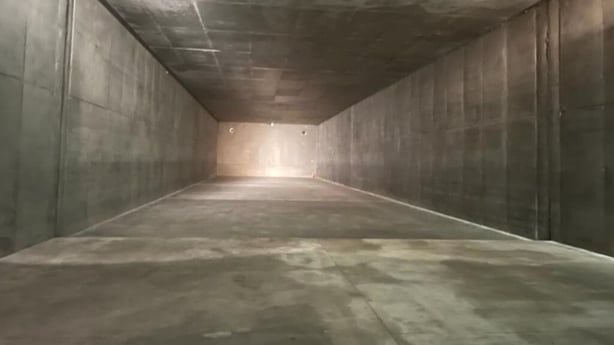
The deception at the heart of Belzec was later replicated at Sobibor and Treblinka.
Reder was forced to work on the death brigades - pulling the dead from the gas chambers.
Such prisoners worked for a while at the camp, before being gassed themselves for knowing too much.
Reder recalled the gruesome work: "We had leather belts with a buckle, which we put around the arms of the corpse... As for the corpses of small children, we were ordered to throw two of them on our shoulders and carry them this way."
The horror was all-encompassing: "When we dragged the dead bodies, we stopped digging the graves. When we were digging the graves, we knew that thousands of our brothers were suffocating in the chambers."
The bodies were usually laid on wooden slats in trenches and burned.
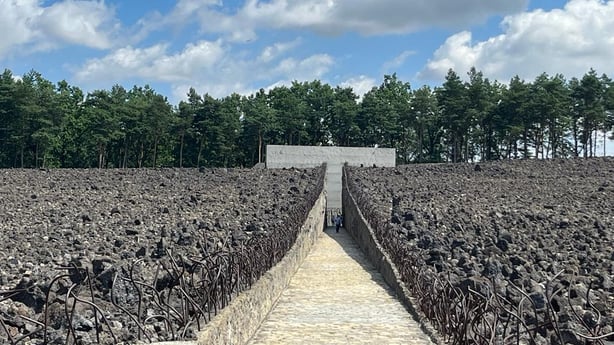
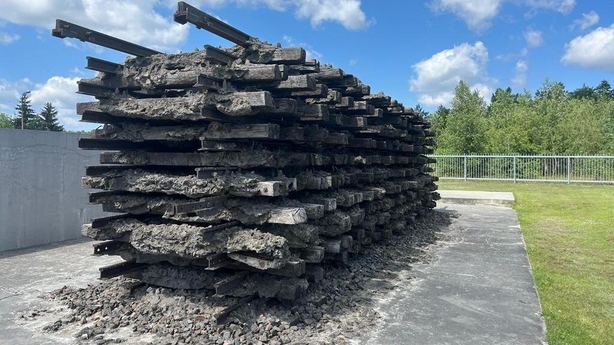
Standing at the seven hectare site this week, it was impossible to imagine that more than 434,000 people could have been killed there in a matter of months.
It started on St Patrick's Day 1942. It ended in December that year. By January 1943, the camp was being deconstructed.
In June, the last prisoners involved in that work were taken from the site.
On 26 June, Rudolf Reder leapt from the moving train and survived.
His comrades were all gassed in Sobibor.
Reder also managed to live long enough to testify against the only person prosecuted for these crimes - Josef Oberhauser.
He was sentenced to just 4.5 years imprisonment by a court in Munich in 1965.







